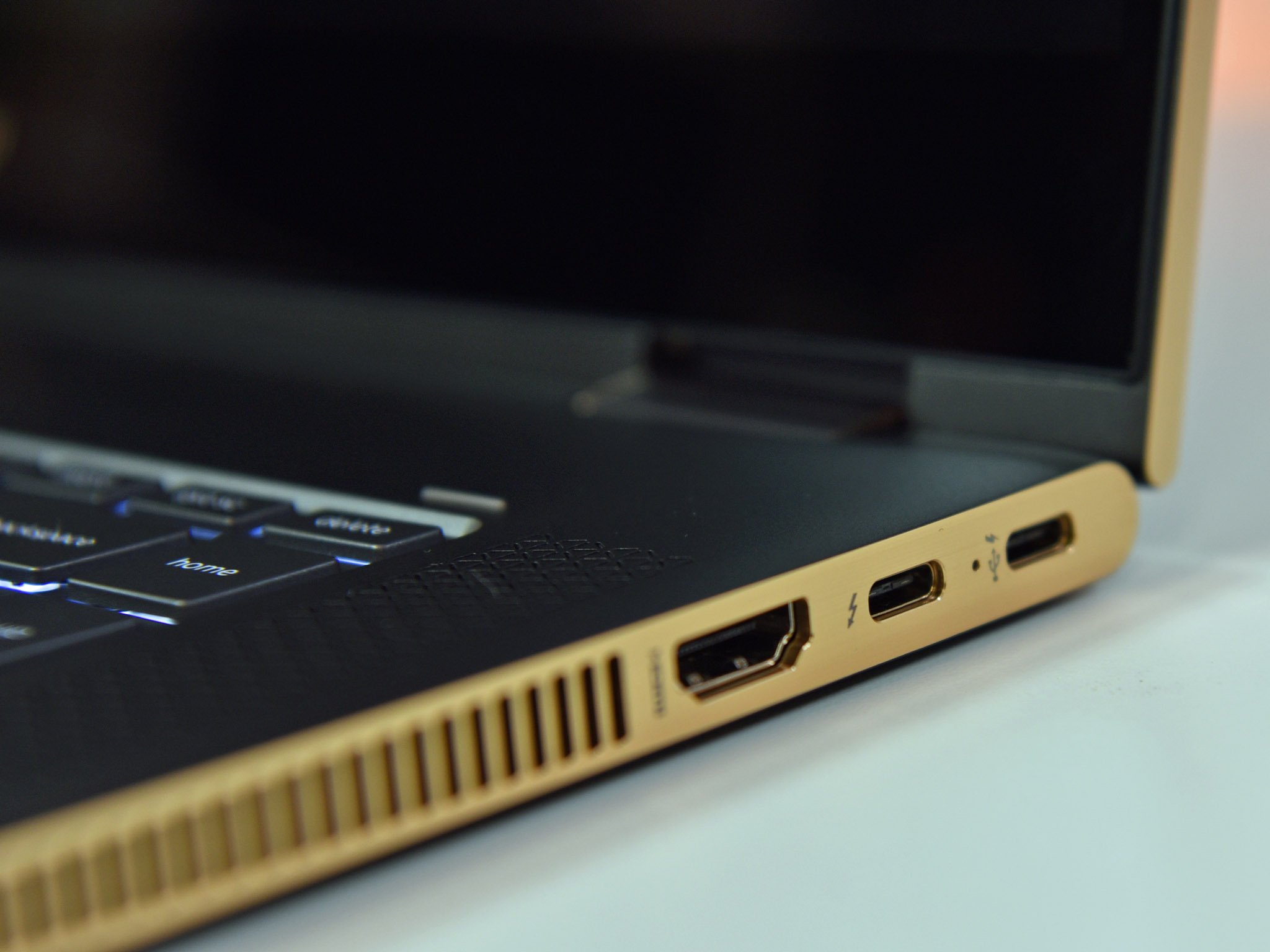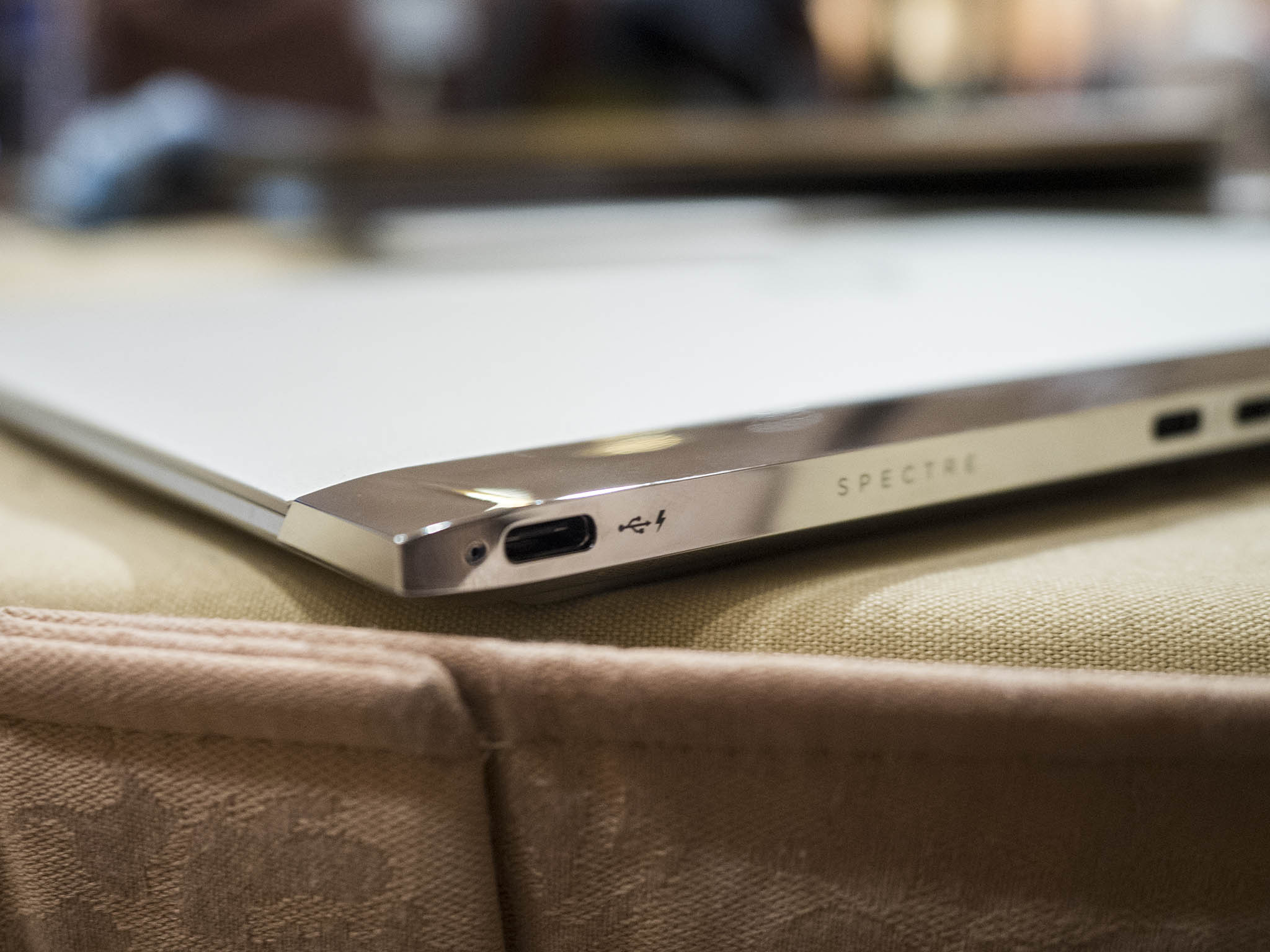Intel drops Thunderbolt 3 royalty, adds CPU integration and works closely with Microsoft
New changes by Intel will speed up the adoption of Thunderbolt 3 heading into 2018. Here's how it may impact your future PC purchase.

Over the last few days, Thunderbolt 3 has been a hot topic amongst Windows users especially with its notable absence with the new Surface Pro and Surface Laptop. Part of the problem is adoption, integration, cost, and consumer confusion according to Microsoft.
Intel is aware of the current roadblocks to Thunderbolt 3 implementation, which adds 40Gbps data transfers along with charging and display support for USB Type-C. Today, the company announced numerous changes to its roadmap to speed up its adoption, including:
- Dropping royalty fees for the Thunderbolt protocol specification starting next year.
- Integrating Thunderbolt 3 into future Intel CPUs.
While some tech-savvy consumers equate USB Type-C as interchangeable with Thunderbolt 3 that is not the case. PC manufacturers need to pay to enable Thunderbolt 3 per device, and that cost is passed on to the consumer. Also, Thunderbolt 3 is a discrete component on the PCB board, which requires more space, increased power usage, and surging costs.
As a result, USB Type-C ports are becoming more common, but very few are full Thunderbolt 3-enabled. That just means the Type-C port equates to a USB Type-A 3.1 for speeds and data, or can act as a power port, but lacks dual-4K display output and the increased bandwidth capability.
Further complicating matters are the dedicated PCIe lanes, which can vary from two to four. Only the latter configuration guarantees the full 40Gbps data speed and allows for things like external GPU (eGPU) support (which itself is shaky for standards).

All of this delves nicely with Microsoft's insistence that Thunderbolt 3 and USB Type-C are not quite ready for mass consumer acceptance. Additionally, adding the port does require significant PCB board redesign – and sacrifice – to enable.
Why Microsoft's new Surface Pro doesn't have a USB Type-C port
Get the Windows Central Newsletter
All the latest news, reviews, and guides for Windows and Xbox diehards.
The good news here is that Intel is dropping many of the roadblocks with today's announcement. By subtracting the licensing costs for Thunderbolt 3 and integrating into the CPU, Intel can finally push mass adoption. As Vice President of the Intel Client Computing Group Chris Walker noted:
With Thunderbolt 3 integrated into the CPU, computer makers can build thinner and lighter systems with only Thunderbolt 3 ports. For the first time, all the ports on a computer can be the same – any port can charge the system and connect to Thunderbolt devices, every display and billions of USB devices. Designs based on Intel's integrated Thunderbolt 3 solution require less board space and reduce power by removing the discrete component needed for existing systems with Thunderbolt 3.
Microsoft and Intel see Thunderbolt 3 as the future
Getting back to Microsoft, Intel noted that the two companies are already working closely together with the latest Creators Update bringing more OS support for the protocol. Roanne Sones, general manager, Strategy, and Ecosystem for Windows and Devices at Microsoft added that such cooperation would continue with even more OS-level integration coming down the road:
Microsoft and Intel are working together to enable Thunderbolt 3 on Windows PCs to deliver on the 'if it fits, it works' potential of USB-C. The Windows 10 Creators Update enhanced plug-and-play support for Thunderbolt 3 devices, with additional enhancements planned for future OS releases.
Put all together, and we can speculate that Surface devices in 2018 and beyond will begin to adopt USB Type-C with full Thunderbolt 3 for the consumer market. While that is not soon enough for some prosumers, Intel notes that there are now 120 PC designs with Thunderbolt 3 today with it ramping up to 150 by the end of the year.

Daniel Rubino is the Editor-in-chief of Windows Central. He is also the head reviewer, podcast co-host, and analyst. He has been covering Microsoft since 2007 when this site was called WMExperts (and later Windows Phone Central). His interests include Windows, laptops, next-gen computing, and wearable tech. He has reviewed laptops for over 10 years and is particularly fond of 2-in-1 convertibles, Arm64 processors, new form factors, and thin-and-light PCs. Before all this tech stuff, he worked on a Ph.D. in linguistics, performed polysomnographs in NYC, and was a motion-picture operator for 17 years.
